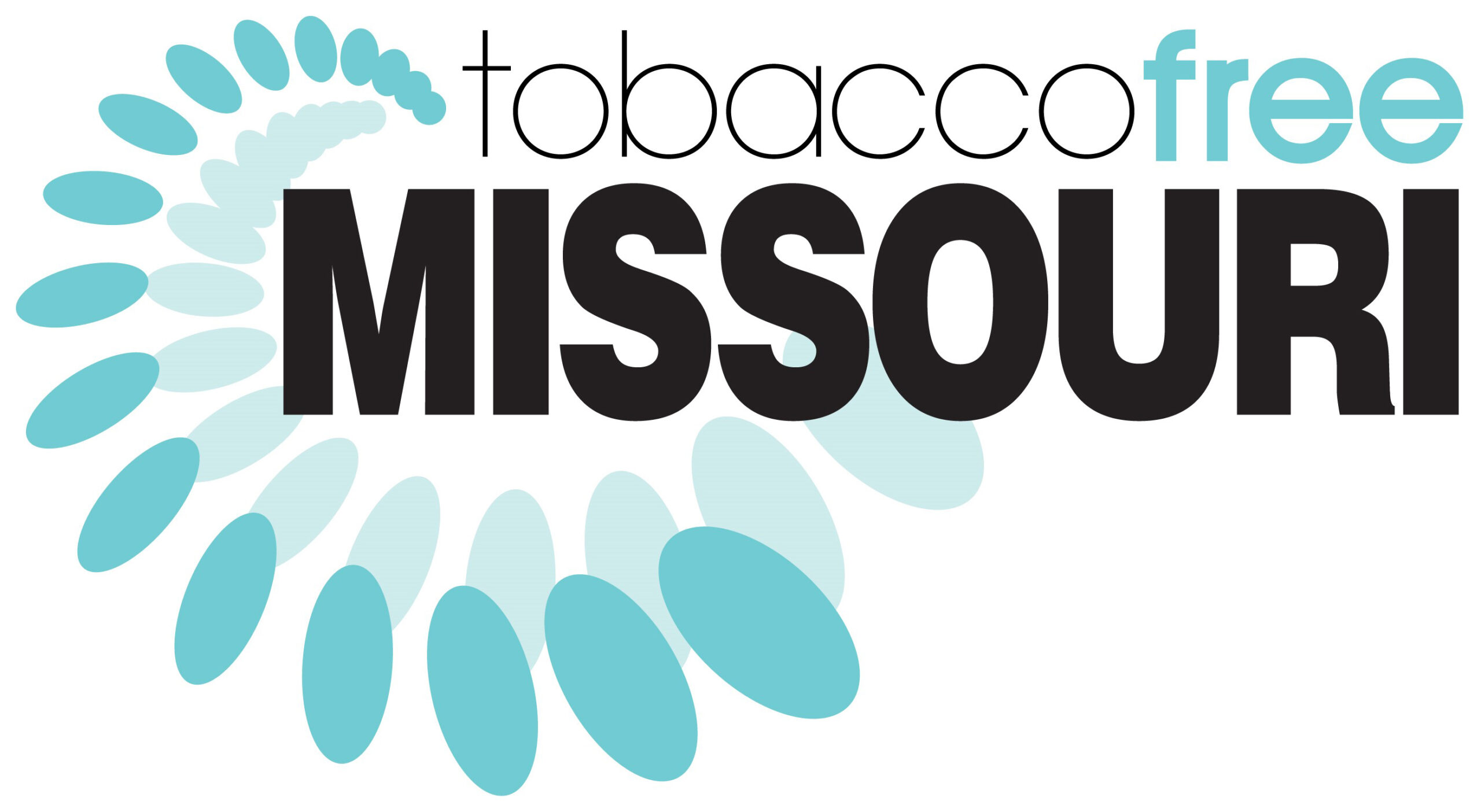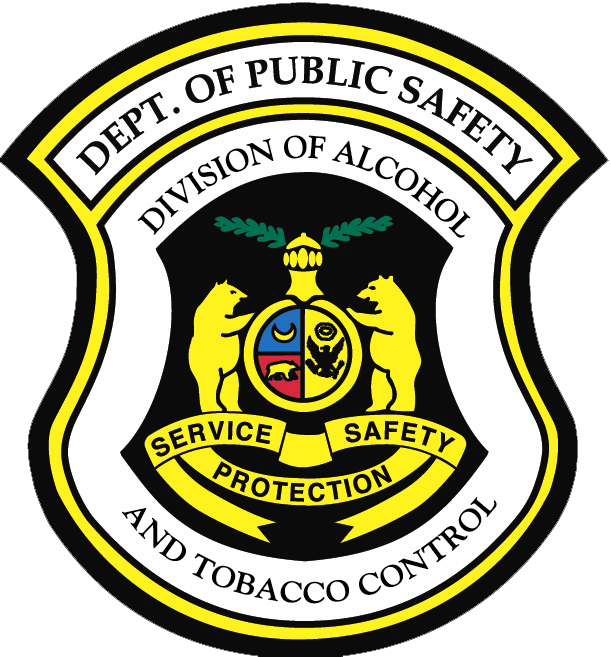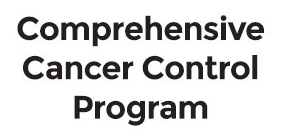Take Action – Educators
Teachers, School Staff, and Administrators are on the Front Lines of Youth Tobacco Use
What happens in your classrooms, school hallways, and afterschool activities matters to the health of Missouri kids. Research by the Food and Drug Administration (FDA) suggests that when teachers talk about the health consequences of e-cigarettes, and schools enforce tobacco-free policies, students may be less likely to use tobacco. You can help young people make informed and healthy choices about tobacco use by providing students, their families, and school staff with reliable information about the dangers of tobacco, cessation tools and support, and more.

Join Us in some of our current statewide efforts!
Spotting Tobacco Use in School
With so many new kinds of packaging and devices, it’s getting harder for busy teachers, and staff, to recognize the tobacco products in their own classrooms and after school activities, especially when some products are designed to hide in plain sight.
What to Look For
How to Talk to Students at Every Grade Level
No two students are exactly the same, but by understanding what interests kids at different ages, and grade levels, teachers and staff can find effective ways to start open and engaging conversations about tobacco with students of every age.

Elementary School Kids
Elementary school kids are just starting to learn about the larger world. They like unusual facts. Talk to them about nicotine, the truth behind tricky tobacco that looks or tastes like candy, and the dangerous things tobacco’s gross ingredients can do to a growing brain and body.

Middle School Tweens
Middle school is all about friendship and finding your way. Engage your students by talking about tobacco’s waning popularity, the social costs of tobacco use (like early aging or becoming a poor athlete), how tobacco companies use flavors to hook youth, and how to deal with peer pressure.

High School Teens
Your students are starting to become independent thinkers. Now is the time to talk about why people choose to live tobacco-free, why never starting is easier (and cheaper) than quitting, as well as tobacco’s manipulative and unjust tactics. Discuss their future and the importance of healthy choices.
Help Your Students Quit
Nicotine is powerfully addictive in any form. Connect your students and their families to the resources, and support they need to live tobacco-free for good.
Get Them Help
There is a network of free, and affordable, cessation resources for teens, including quitting coaches, peer support, and helplines that offer help by app, phone call, live chat, or texting.
Recommend 1-800-QUIT-NOW (784-8669) or www.YouCanQuit.org for free quitting support and more.
Recommend parents learn more about teen vaping and ways to help their teen quit e-cigarettes with My Life Quit. Teens can text “Start My Quit” to 36072 or visit www.mylifemyquit.org.
Order FREE resources to Missouri Tobacco Quit Services materials to share with students and families through the Missouri Department of Health and Senior Services.
Offer students and families these additional resources:
Adopt INDEPTH at School
Developed by the American Lung Association, INDEPTH(link is external) is a free alternative to tobacco-related suspensions or citations in schools. Instead of punishing students for their addiction, it helps young people understand nicotine’s effects and find healthy alternatives to tobacco use.
Offer Tobacco Cessation Assistance to Students at School
N-O-T: Not on Tobacco: Teen Smoking and Vaping Cessation Program
Get connected locally by signing up to receive quarterly tobacco news
If you're interested in joining a coalition mailing list, email the Missouri Tobacco Prevention and Control Program (email).
Take Action in Your School
You’re not only an educator, you’re a role model for kids, a trusted advisor to parents and caregivers, and a powerful influence on your colleagues and school environment. Add taking action against youth tobacco use to your academic calendar.
What You Can Do:

In Your Classroom and After School Activities

In Your School

With Parents and Caregivers
Clean Indoor Air Law
In 2020, the Missouri Indoor Clean Air Act was revised to prohibit the use of electronic cigarettes in any indoor area of a public elementary or secondary school building or education facility, as well as on buses used to transport students to and from school or any place for educational purposes.
Resources
Find more helpful tools and tips for educators on preventing youth tobacco use:
- Taking Down Tobacco
- Tobacco Education Resource Library
- Youth Tobacco Prevention
- CATCH My Breath Youth E-Cigarette Prevention Program
- Know the Risks – A Youth Guide to E-cigarettes
- Stanford’s Tobacco Prevention Toolkit
- The Real Cost of Vaping
- ASPIRE
- smokeSCREEN
- Missouri's Resource Guide for Tobacco and Vape-Free Schools












